Tips for a wicked camping trip in Patagonia
By Sydney Tong on August 30, 2017. Read time: 8 mins.
Campers are allowed the authentic privilege to be alone with Mother Nature. It is blissful isolation and camping for days without seeing another human being is a possibility.
Patagonia is where travelers go to experience the trip of a lifetime. Herds of wild vicunas, horses, penguins, and emus roam freely amidst the southern Andes Mountains. Hikes that overlooks beautiful landscapes stretched across the ocean are a common occurrence in this part of the world. Giant glaciers live here and flash pure tones of blue reflected by the sun's rays. Outdoorsy people of all skill levels can find something to do from basic camping to traversing the walls of a glacier
It is the most magical camping trip I have ever taken. I had no idea what I was getting myself into when I booked my plane tickets to Punta Arenas for the following week. This last-minute decision gave me a few days to do research pack and prepare for this incredible journey.
We rented a Wicked Camper Van because it allowed us the most freedom and the ability to travel on our schedule. Busses and tours are available that will transport you from place to place, but that wasn't the experience that we were after. After adding up the cost of tours, bus tickets, and accommodations we found that renting a Wicked Camper Van (+gas) would result in a similar price. I wouldn't recommend experiencing Patagonia any other way.
After spending some time camping in our wicked rad van, I learned a thing or two that will be beneficial to those also wanting this adventure. We scoped it out in hopes that you will have the trip of a lifetime.
If you are renting a Wicked Camper Van, then your journey will start in Punta Arenas to pick up your van. Unless you are coming from another part of Chile where they also rent the vans; Puerto Varas, San Pedro, or Santiago. Rent a Wicked Van for your camping trip using the link below. Rent a Wicked Camper Van here.
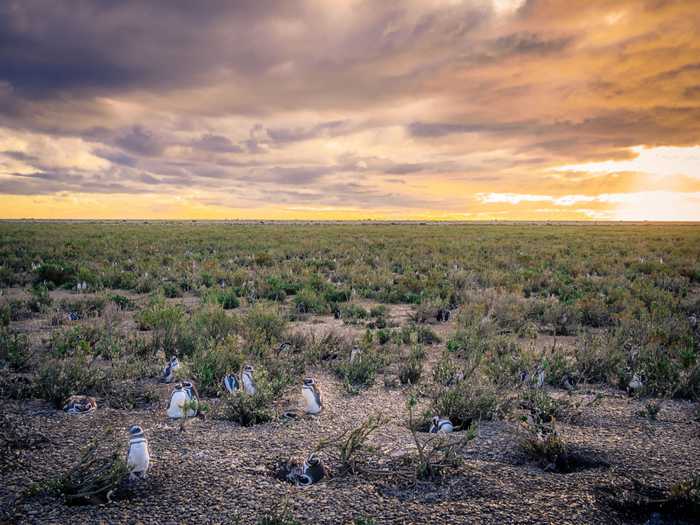
Tips, facts & other useful hacks
- Patagonia spans across Chile and Argentina. Prepare all paperwork beforehand for quicker access across borders.
- This area tends to be more expensive, plan your budget beforehand.
- Expect to pay most expenses in cash.
- Banks and ATMs are scarce bring enough cash for daily expenditures and have emergency cash on-hand.
- If you are road-tripping, fill up the car with gas every chance you get.
- Crossing the border from Argentina to Chile is strict. They will confiscate produce and animal products.
- Pack out all of your trash.
- If you plan to cook outdoors you will need a high-powered stove. Weak stoves are not strong enough to cook with the strong winds.
- Bring a map or download an offline-map ahead of time. A guidebook is another valuable resource.
- Dress in layers.
Visa & reciprocity fee
Patagonia is a region, not a country nor a city, and shares land across the southern tips of Chile and Argentina. Before you go, check if you are required to have a visa or if you need to pay a reciprocity fee for either or both countries.
Since 2016, Argentina has waived the reciprocity fee for U.S. and Canadian citizens. Australian citizens are still required to pay the $100 reciprocity fee. Due to politics, these regulations are constantly changing and have different requirements. To prepare, research on current sources like government websites.
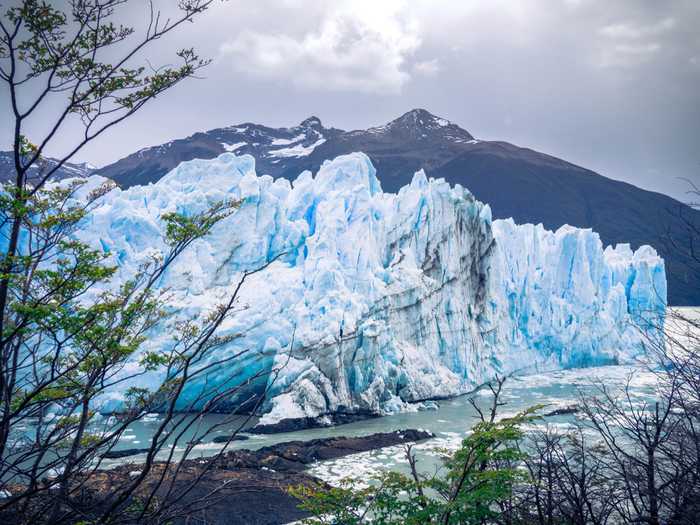
Money
Patagonia is a not a cheap place to travel to, as Chile and Argentina are both relatively expensive countries. Do not let the cost deter you from visiting. There are ways around spending a fortune and still having the best time.
Cash is king in this part of the world and credit cards are not widely accepted. The majority of smaller expenses like; stores, restaurants, markets, campgrounds and gas stations will be paid in cash. Larger expenses like tours, accommodations, car rentals and supermarket chains will accept credit cards.
The money situation in Argentina is more complicated than Chile. We experienced Argentina when the exchange rate was artificially inflated. The "blue dollar" was king, and we needed to exchange our money on the black market in an alley with a man who had a briefcase full of cash.
This shady method of exchanging cash made Argentina a cheap country for travel. However, in 2015, the Argentine government got rid of the artificial rate, and the Argentine peso acts freely in the market like any other currency, but it is not much more expensive.
We still recommend bringing NEW, CRISP and UNTAINTED $100 bills to exchange in the banks for a fair rate. There has been some controversy with travelers taking money out at the ATM having to pay over USD 150 in transaction fees.
Exchange money at the banks, there are still men on the street who will change money with you for a slightly better rate (around 3%), but you run the risk of getting counterfeit money.
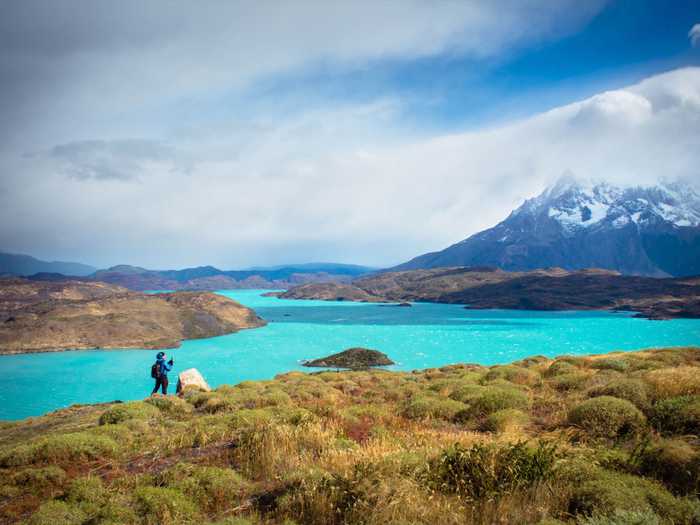
Filling up your tank
Since you're going to be driving yourself around it is so important to realize that Patagonia is enormous and gas stations are far and few between. Fill up your car whenever you get the opportunity, even if it is only to top-off.
There are several routes in-between the larger towns where you won't see another human or building for hours. There were a couple of close calls where we almost ran out of gas in the middle of nowhere.
Thankfully, it never happened, but we had several stressful moments where we didn't think we were going to make it. Many gas stations do not accept credit card so have enough cash on hand to fill up a full tank in case of an emergency.
Food, cooking, and customs
Wicked Vans provide some essential gear that is helpful and not realistic to bring with you from home. They included some kitchen equipment like a cooler, utensils, plates, table, pot, pan, cups, chairs and a stove.
You will need a high power stove. The one provided by Wicked was no match for the fierce Patagonian winds. We couldn't keep the fire lit, and it was completely useless. Luckily, we packed our JetBoil with us which was a complete lifesaver. If you don't have one, you should look into investing in one because it heats water in a snap and is easy to pack.
Open fires are not allowed in Patagonia and winds are extreme. Bring a high-powered stove or a JetBoil.
Buy groceries at the markets and grocery stores for your trip. If you plan on crossing the border, avoid loading up on too much food. When crossing from Argentina into Chile, the customs agents will take perishable items like butter milk, honey, and produce.
Agents will completely unload your car looking for contraband. This situation is a huge hassle so packing your car neatly and keeping things organized will save a lot of time and frustration. Crossing the border from Chile into Argentina was never a problem in this regard. Also, plan on adding a couple of hours to your total drive time to get through immigrations and customs.
Pack plenty of water with you for drinking, cooking, and handwashing. We always had several gallons of water with us. Water in Patagonia is potable, and if you do decide to drink it, I recommend using a Steripen to sterilize it just in case.
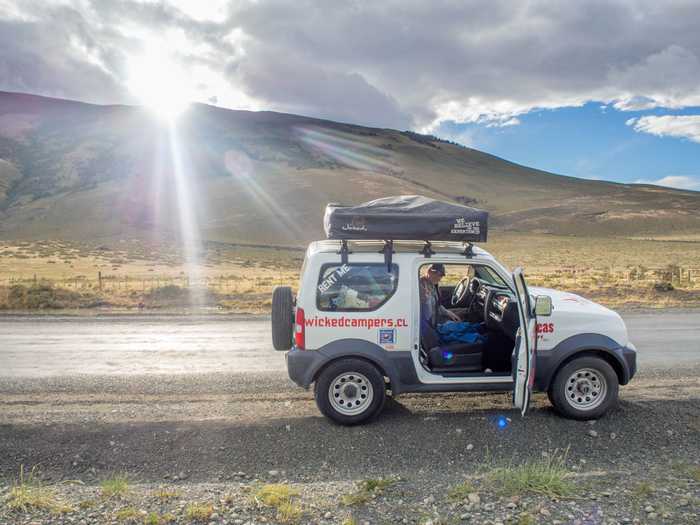
Weather, gear & the seasons
Unless you're going for the snow, I recommend traveling anytime from October to April, weather permitting. The Patagonian summer is from November to February, which means more crowds but a bigger chance of promising weather. We went in the middle of March, during the shoulder season and experienced great weather and fewer people.
We rented a small Suzuki Jimny SUV with a tent on top, and in any other park in the world, it would have been the perfect setup. However, like I mentioned before he winds in Patagonia is un-freaking-real, and our tent was flapping violently. The winds made it difficult to get a good nights rest, and at times I thought the car was going to tip over. On a few occasions, I got hit in the face a by the tent to the point where it hurt a little. When we do this again, we will rent the van.
If you can, try to bring all the gear you can because it is more expensive to buy it in Chile/Argentina. I found the prices to be ridiculously overpriced, to the point that it was three times the price I would have paid in the U.S.
The more remote you get, the more expensive the gear becomes. Arriving prepared will save you a bundle of money. You will need to buy necessities like stove fuel and other necessities upon arrival. Punta Arenas and Puerto Natales are the cheapest places to buy necessities.
Many trails are closed in the winter. Check beforehand of trail conditions.
Don't bet on having reliable and fast cell service. Download a GPS map to your phone and buy a guidebook.
I recommend Motion-X GPS; it is an app you can download onto your phone. You must download the area you plan on driving in BEFORE you leave service or wifi. The Pro version will cost $10 but gives highly detailed maps. I've used it in every country; the ten bucks has been worth it.
Pick up a physical copy of Lonely Planet's "Trekking in the Patagonian Andes." It was beneficial during this adventure. I don't recommend buying guidebooks unless I think it will be a useful tool.
Bring a phone charger that can plug into the car's cigarette lighter. Battery packs are also a must to charge camera gear, phones, flashlights and other battery powered necessities. I'll have a packing list up in the next few weeks that will help for this section.
Zona Franca in Punta Arenas is a mall where you can buy discounted outdoor equipment. Discounted is a relative term in this case.
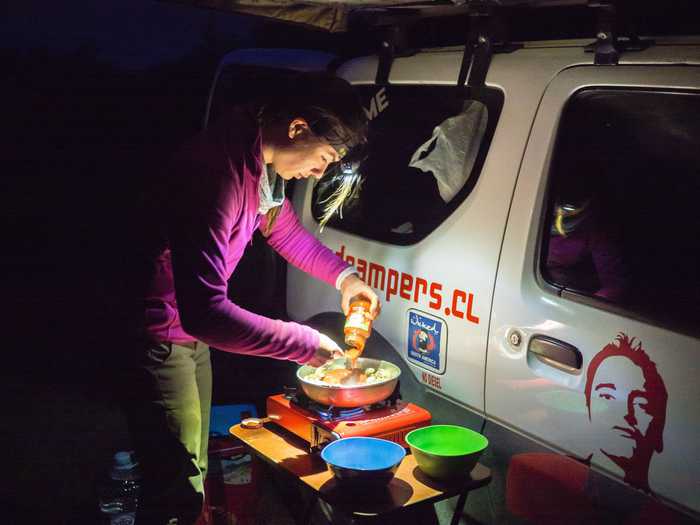
Layers, layers, layers
No matter what month you go, you will want to bring clothes for any weather because it can change in an instant. Pack clothes that you can layer. Waterproof and windproof shells, pants and jackets are going to be a lifesaver. If you are hiking or climbing on any glaciers, these will make your trip more enjoyable.
Cotton kills. My dad used to tell me a phrase used in the outdoor community. Try to replace cotton clothes with wool ones. It will keep you warmer, dryer, and will be the most comfortable option for you.
You will need hiking boots. Much of the terrain is steep, rocky, slippery, icy and muddy. Your tennis show or Tevas will not be sufficient. You will need hiking boots with a stiff sole, are waterproof and protect the ankle. If you plan on climbing any of the glaciers the stiff sole will be very important to fit the crampons, which allows better footholds in the glaciers.
I hope these tips help you when planning out your adventure in Patagonia. It is the best trip I've ever had, and I hope you feel the same!
While you are packing, remember that you will be amongst massive glaciers and are only a short boat ride from Antarctica. It will be cold regardless of the season.
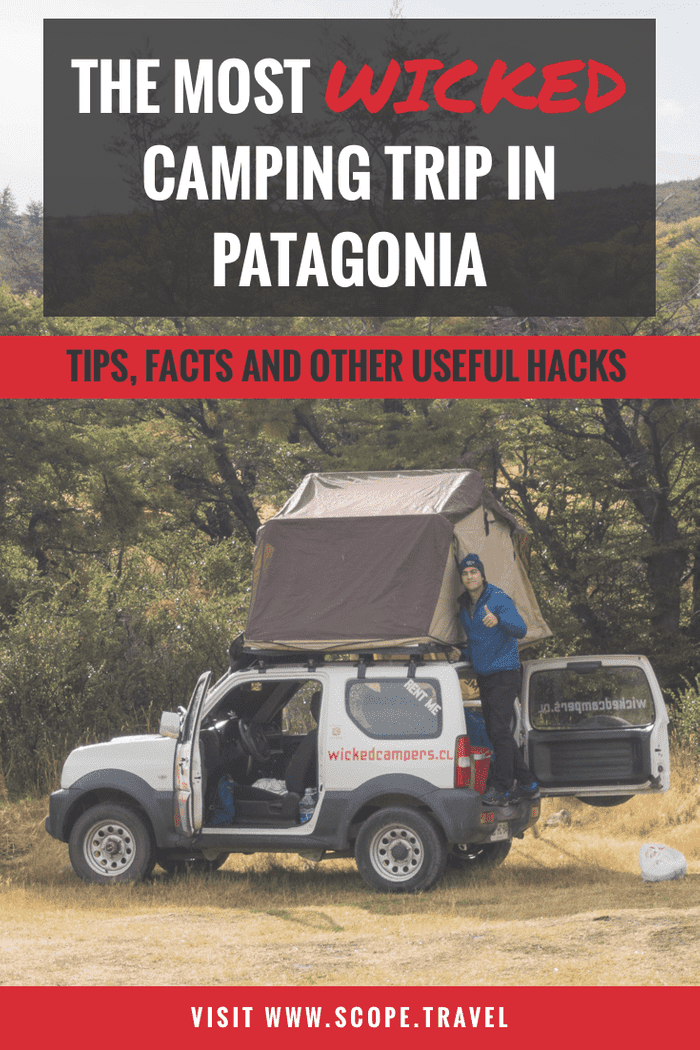
Join our weekly adventures
Gain access to our exclusive travel tips and more!
Expect exotic destinations, big adventures, flavorful food and unforgettable stories from our travels.